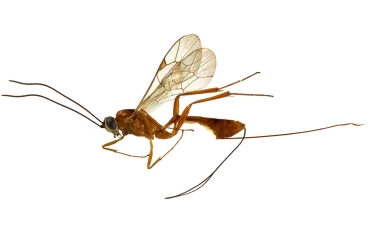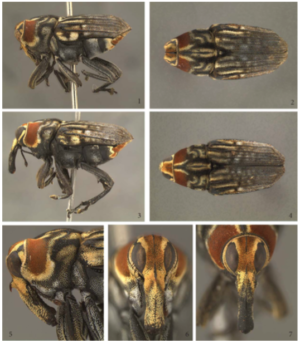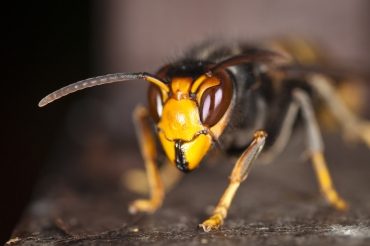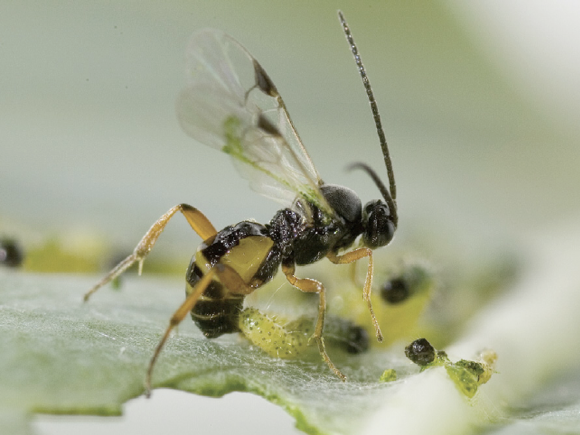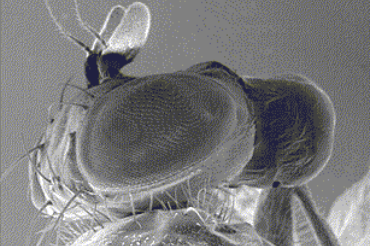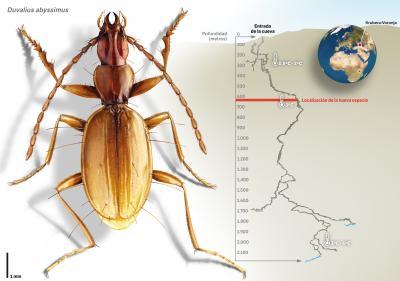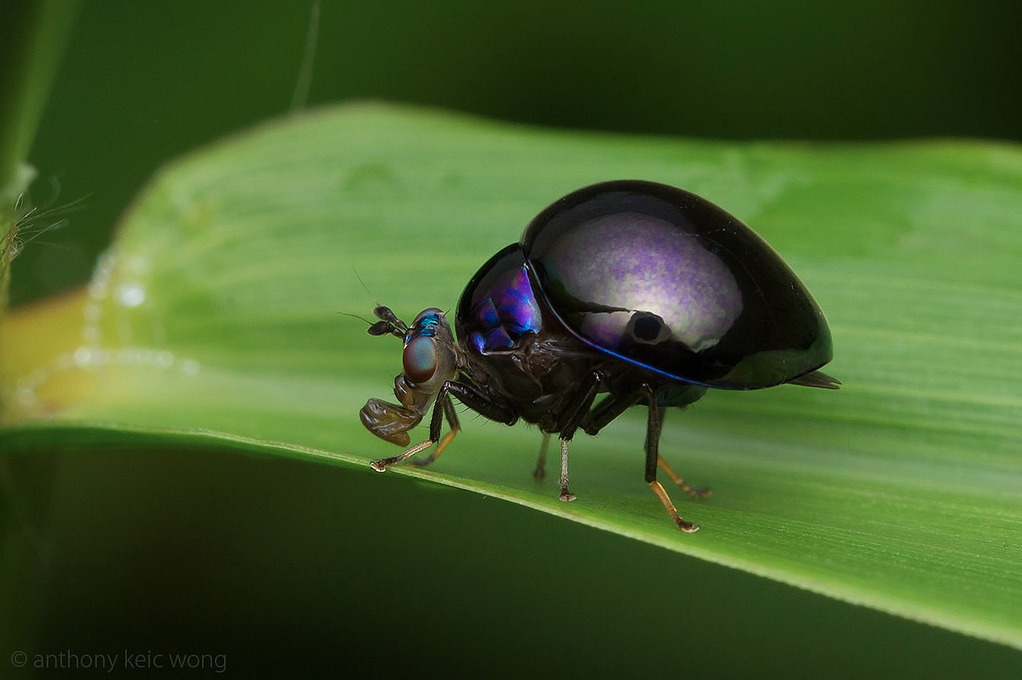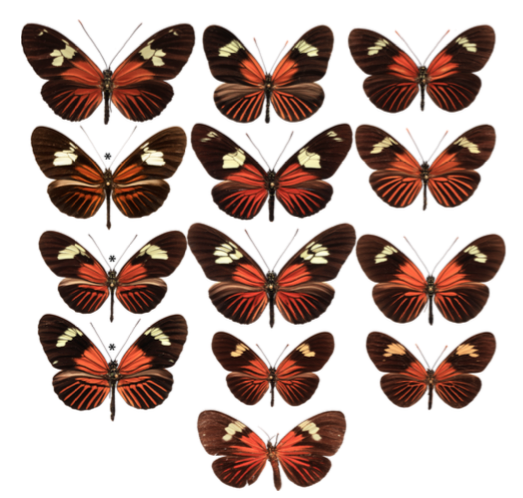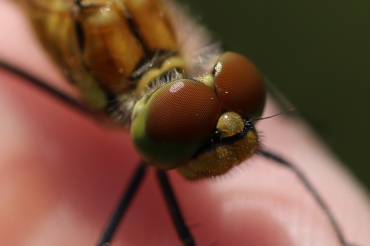By Pascal ROUSSE In the world of parasitoids (lire this article), the ovipositor, also called oviscapte (abdominal appendix with which eggs are deposited), has a crucial role since it allows to locate precisely the egg laying in space and time, which is essential when it has to match the biological cycle of the host. Before…
Tag: biology
Conoderinae: the Brazilian weevil who thinks He’s a fly!
Widespread in Curculionidae beetles, also known as weevils, mimicry offers astonishing models of study in these Species. Two Brazilian entomologists, Sergio A. Vanin (department of zoology-university of Sao Paulo) and Tadeu J. Guerra (department of Biology-federal University of Minas Gerais), have described in 2012 a new remarkable species of weevil that mimics Flies of the…
The Asian Hornet: A Recent Invasion
Introduction of the Asian hornet in France Vespa velutina, an invasive hornet from southeast Asia, is widespread from Nepal and northern India to eastern China, the Indochinese peninsula and Indonesia. In the 2000s, it was reported in Korea where its expansion is probably limited by competition from the other six hornets species present locally. He…
Two wasps, a caterpillar and a cabbage leaf
By Pascal ROUSSE Do you know what a parasitoid is? If so, you also know how fascinating their life cycle is. If not, you will soon know thanks to this detailed example. A paper written by the specialist Pascal Rousse for Passion-Entomologie, a big thank you to the author for agreeing to share his passion…
Insect vision (part 2): shape and movement
Post Views: 3,438 The eyes, in their diversity of form and structure, allow any organism (invertebrates and vertebrates) to collect light energy (photons), convert it
Duvalius abyssimus: a beetle of the depths
Post Views: 2,364 The ability of insects to colonize and adapt to extreme environments and inhospitable habitats is increasingly surprising. The discovery of a beetle
Diptera Celyphidae: when flies mimic Beetles
The world of insects sometimes contains surprising and mysterious species. Diptera (“flies”) Celyphidae are among them. caption id=”attachment_3078″ align=”alignright” width=”301″] Paracelyphus hyacinthus (Source : Anthony KeiC Wong-Flickr)[/caption] The name of this family comes from the Greek word “κέλυφος” which can be translated as “box” or “shell” which characterizes the most striking characteristic of these insects:…
Evolutionary history of Heliconius staining
Post Views: 2,037 In insects, wings are subjected to strong natural selection pressures for camouflage, mimicry and warning coloration. The patterns and colours of butterfly
3D insects glasses!
Post Views: 2,089 A large number of animal species have developed the ability to estimate and determine object distance and depth of field by combining
Vision in Insects (Part 1) : Anatomy and structure of compound eyes
Post Views: 8,848 The function of the eyes is to receive and guide light energy (photons) to specialized receptor cells (photoreceptors) that translate this photonic

